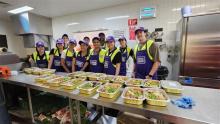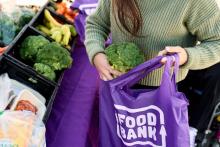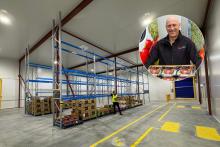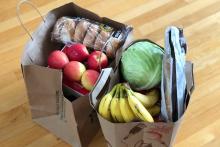The cost of groceries has hit a new high this year, putting more Australians into food insecurity as supermarkets keep up with inflation.

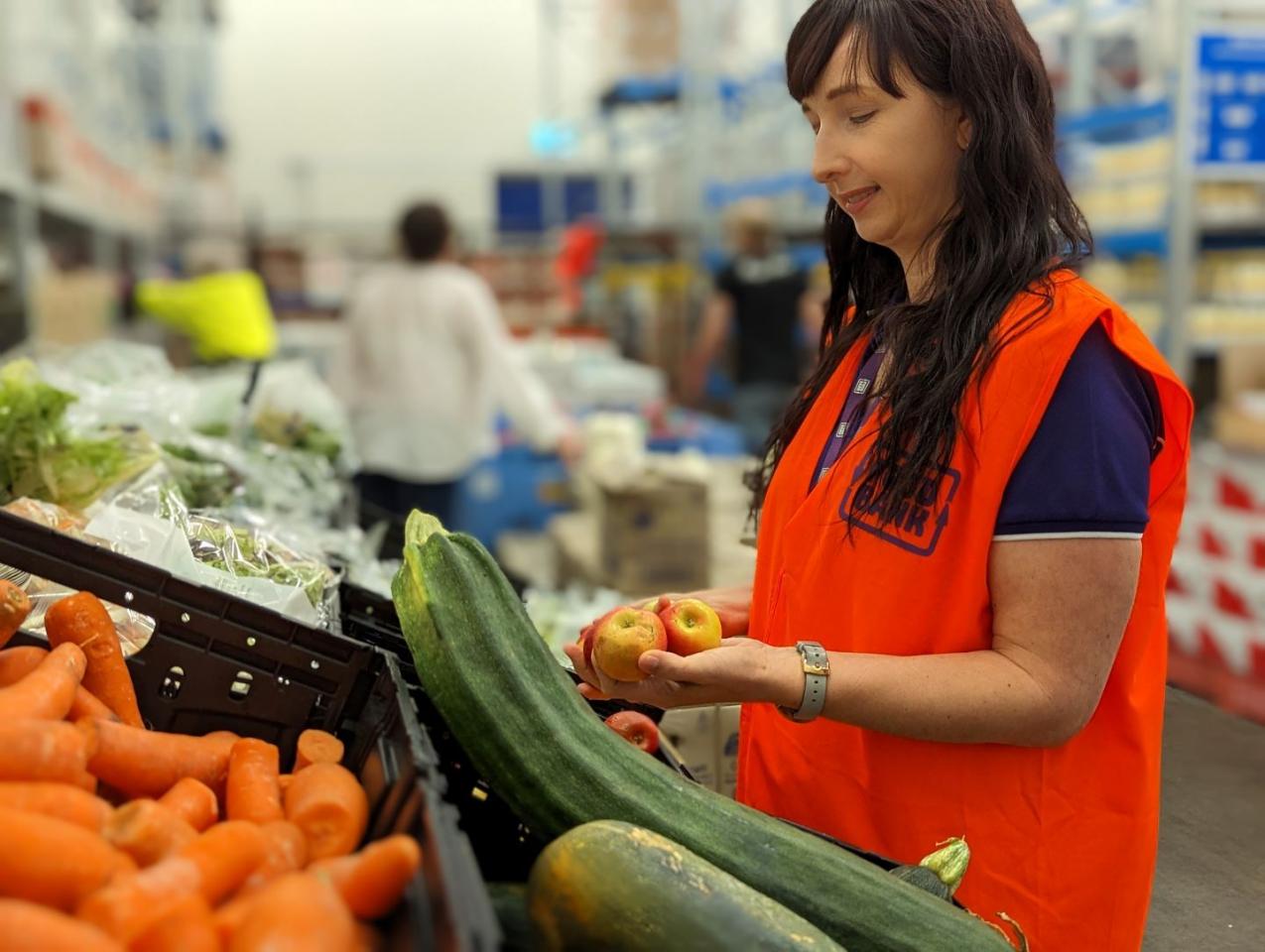
The cost of groceries has hit a new high this year, putting more Australians into food insecurity as supermarkets keep up with inflation.
A report by investment bank UBS, in an analysis of more than 60,000 supermarket grocery items from supermarket giants Coles and Woolworths, found that groceries had hit a new high in April this year at 9.6 per cent.
The major supermarket chains have continued to raise prices on groceries as inflation goes up. Fresh food prices were up 9.8 per cent at Coles and Woolworths in March compared to February, according to UBS Australia's Evidence Lab data.
The report showed that some common household groceries had risen more than inflation, which the Australia Bureau of Statistic's consumer price index showed was at 7 per cent in the March quarter.
“As the cost of groceries soar and bills climb, the household food budget has come to been seen as discretionary spend, meaning the feeling of hunger has become a familiar one for many in the community,” Foodbank WA CEO Kate O’Hara told Business News.

March-quarter food inflation is at 8 per cent, and the dairy, meat, and fruit and vegetables categories are up 10 per cent compared with the previous corresponding period. Average dairy prices were 17 per cent higher in the March quarter, led by block cheese, butter and milk.
“We know many of our customers rely on us to help them make ends meet and we are working harder than ever to deliver on value to support customers in tough economic circumstances,” a Coles spokesperson told Business News.
“We continue to receive cost price increase requests from our suppliers, particularly related to packaged goods, wages and energy.
“We are always exploring ways to reduce prices on the products we sell, both on own brand and working with suppliers, to keep prices low for customers.”
The USB data reported Woolworths’ price inflation over the quarter was 9.1 per cent, slightly higher than Coles at 9 per cent.
However, Coles reported price inflation at 6.2 per cent in its Q3 results, down from 7.7 per cent in its half-year results – and below the 8 per cent overall price inflation for food and beverage across the economy at the time. Fresh food inflation was 4.1 per cent, down from 7.1 per cent at the half-year.
“UBS’s report is not an accurate reflection of how we calculate and report inflation. UBS’s sample data does not capture our full range of products and does not capture changes in customer buying behaviours which impact our sales volumes and product mix,” a Coles spokesperson told Business News.
“UBS used the same price tracker for a report ahead of Q3 2023 results and reported Coles inflation at 9 per cent. Our official inflation figure was reported significantly lower at 6.2 per cent.”
The latest ABS monthly household spending report shows Australians are spending more on food, and WA as a state recorded the largest increase in spending overall at 4.7 per cent.
Australians are still spending on non-essentials, such as clothing, shoes and furniture, despite prices going up. They’re also spending on hotels, cafes and restaurants, which is up 7.8 per cent, and transport, which is 7.7 per cent higher.

“We’re very aware of the impact inflation is having on Australian families both from a customer perspective and that of our team members. Increasing shelf prices are due to higher costs of goods coming through from suppliers,” a Woolworths spokesperson told Business News.
“Support for our charity partners, including OzHarvest and Foodbank, has continued to grow. In the last year, our stores donated the equivalent of 25 million meals to our food rescue partners, with an increase in the volume of food rescued from our stores.”
In June this year, Foodbank WA experienced a 35 per cent increase in daily average customers compared to the same period last year. The food security charity assisted an average of 759 customers a day and had almost 16,000 customers through its network last month.
“In the last 6 months, from end of January to end of June, we experienced a 39 per cent increase from last year. This is up 79 per cent from the same period in 2021,” Ms O’Hara told Business News.
Daily foot traffic across Foodbank WA’s services reached around 700 to 800 people per day in March this year and more than 1,000 households in April this year – more than double the 300 to 500 people per day two years ago in May 2021.
“We are privileged to be able to support so many Western Australians in need. We are grateful for enough donated stock to continue to be able to provide a diverse range of nutritious foods. This fast-growing demand, however, was not what we have planned for,” Ms O’Hara said.
“That’s why we are working alongside our food and grocery donation partners to ensure our supply grows in sync with demand. It’s a supply and demand balancing act that also considers offering healthy food options for fridges and pantries.
“Coles and Woolies, and IGA, are all very important partners of ours, but they too are under the squeeze. What makes it difficult is the dance they have to do around their six-monthly and annual results.
“If we didn’t get the support from those networks we would be in a world of pain. They help with logistics, they help with stock, they help with word-of-mouth, and are very important partners of ours.”








